DOG TRAINING OFFERED IN-PERSON AND ONLINEOur dog training services are delivered in almost any format that meets your needs. We have GROUP CLASSES at our indoor and outdoor facilities on our farm, ONLINE LIVE STREAMING classes, and SELF-PACED VIDEO-BASED training through our Online Dog Training Course. Our PRIVATE TRAININGS can be done in-home, outside, in public dog-friendly locations, at our facility on our farm, online via phone or video conferencing and through email. |
You’re out walking your dog through your neighborhood and another person turns the corner with their own dog. Your dog, who was walking pretty well on a loose leash, suddenly barks, lunges at the end of the leash, and is difficult to get back under control. He doesn’t stop his display until the other dog is past you and a ways down the street. You’re embarrassed, not only by your dog’s display, but your lack of success in getting him to listen to you with another dog nearby. If that sounds familiar, you are not alone!
Displays, such as the one described above, are all too common today. In fact, it is one of the most common requests for help that I receive. While it’s great to get our dogs out for walks, it becomes less and less likely people will walk their dogs when displays of barking, growling, lunging, and other such behaviors occur around other dogs.
Are these dogs aggressive? For the passerby, it certainly looks that way. However, that is not always the case. I have many clients whose dogs display these behaviors on walks but go to dog parks, dog day care, or play dates with dog friends. Some of these dogs are perfectly fine with other dogs – when they are off leash. But when that leash is on, we see a completely different side of the dog. In other cases, the dog truly is aggressive toward other dogs and will bite another dog or start a fight if given the chance. But you can’t always tell which is which just by watching their display while on leash.
These behaviors can be resolved. For some, it can be resolved relatively easily. For others, it takes a lot of work to change the behavior. Nevertheless, it can be done. For clients with dogs like this, I always start with a behavior consultation and some private training sessions. But for those who are ready, I also offer a Feisty Fido Class. In this class, we work on both human and dog skills and reactions. While it often starts with the dog, once the person begins to anticipate the reaction, the person can sometimes exacerbate the dog’s reaction by their own behaviors. For example, if you expect your dog to bark and lunge at another dog, you are likely to tense up and tighten your grip on the leash. While it makes sense to brace yourself so that your dog doesn’t pull the leash out of your grip, you also need to be careful about creating tension by pulling up tight on the leash. This sends the signal to your dog that you are tense and there is a reason to be tense himself. It can become a vicious cycle of you and your dog both feeding off the tension in the other.
Winter is actually a great time to start working on this behavior. There tend to be fewer people out walking their dogs when it’s cold, snowy or icy. This means your dog has fewer opportunities to practice his over-the-top behaviors while you start teaching him a better way to respond. Then you’ll be much better prepared come spring when you start seeing more and more people out with their dogs.
Our goal is to positively impact the lives of as many dogs and their families as we can, in part through our extensive library of video, infographics and text articles. |

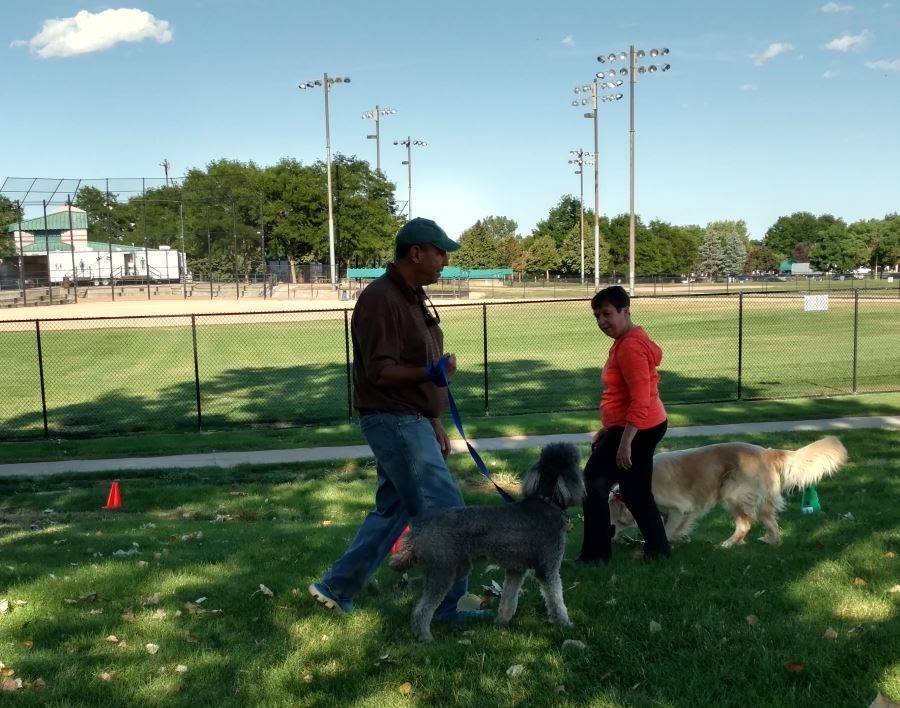
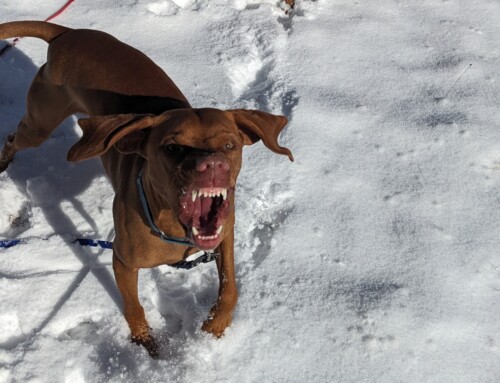


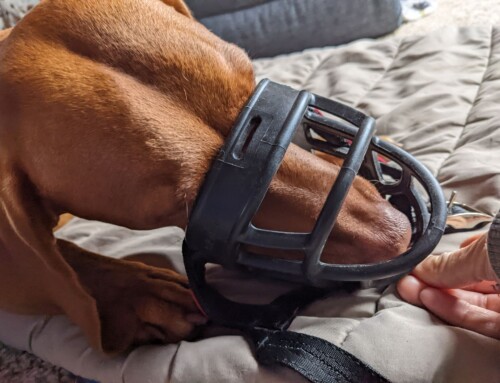
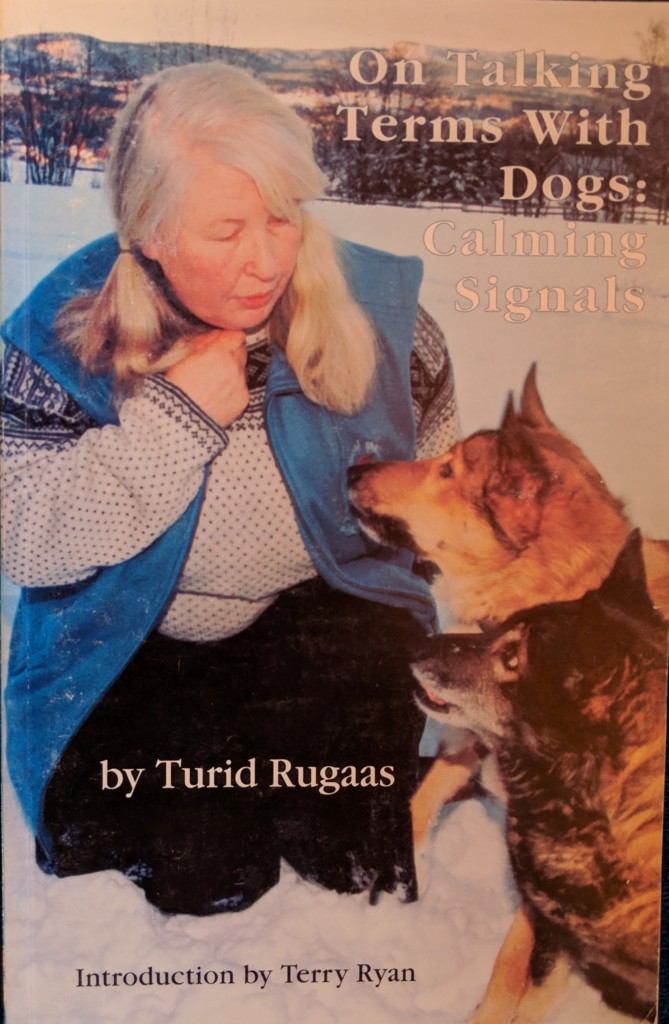
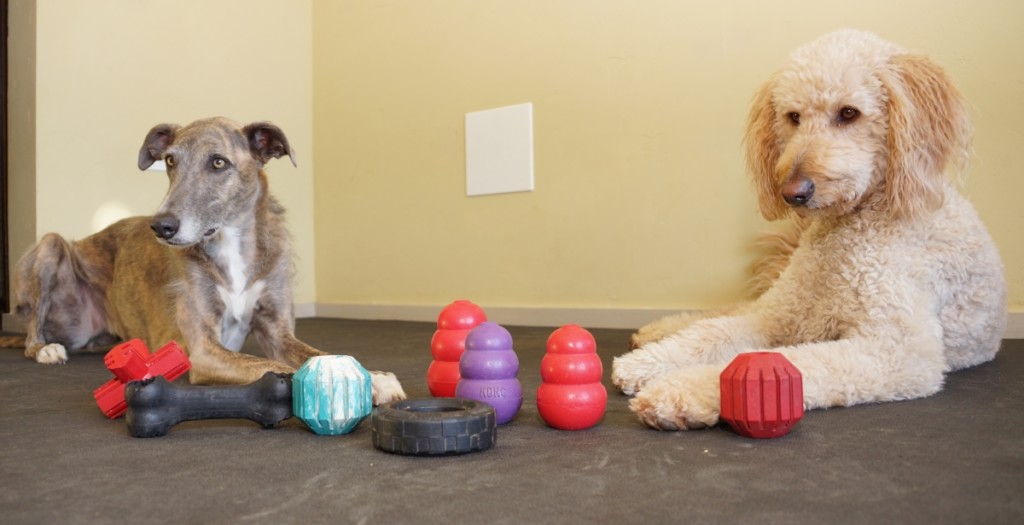
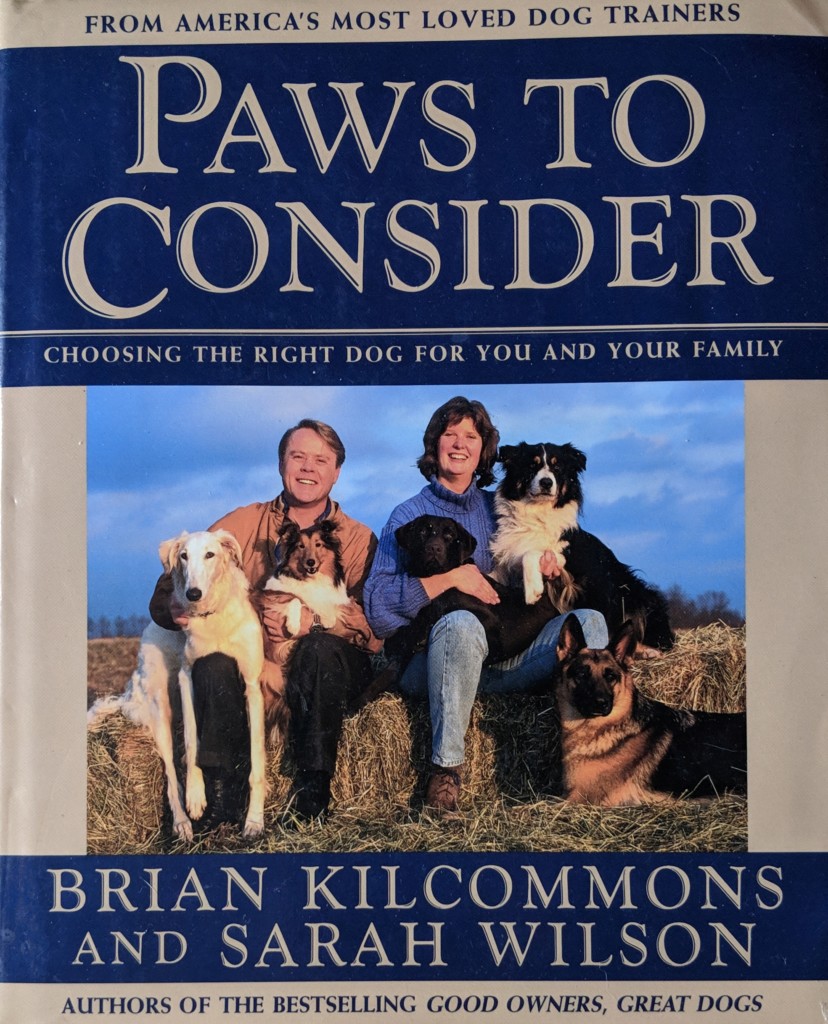
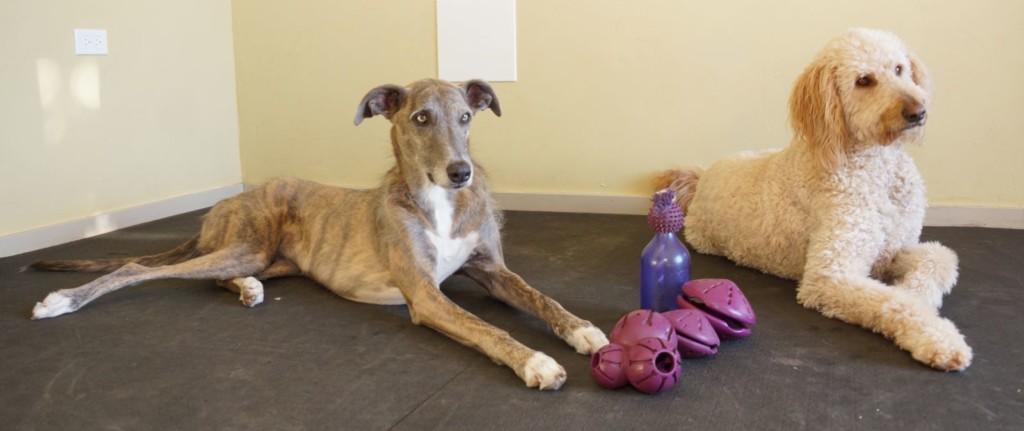
Leave A Comment